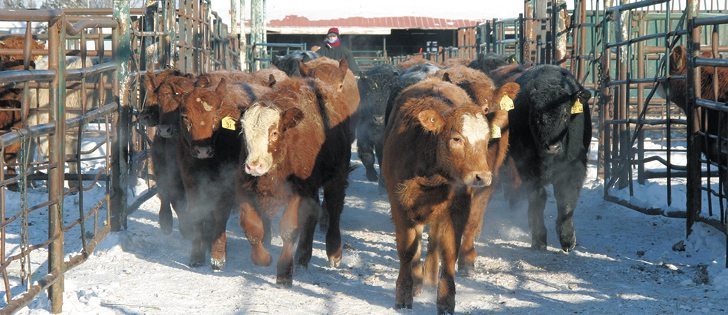A small crop last year, strong demand and a weak Canadian dollar have helped make the crop more valuable this year
Mustard might be sharp tasting but its price has been sweet for Canadian farmers this year.
And the outlook for 2016 continues favourable.
“I think where new crop bids are now is going to be the floor in the market and we’ll see where it goes from there,” Chuck Penner of LeftField Commodity Research told the Saskatchewan Mustard Development Commission meeting at Crop Production Week in Saskatoon.
Yellow mustard 2016 crop bids delivered are now around 45 cents per pound, and oriental and brown bids are 33 to 36 cents a lb.
Read Also

Soybean market still figuring out implications of China-U.S. pact
Soybean futures had a muted reaction to the U.S. trade deal with China as the market tries to figure out the nuances of the deal.
The small 2015 crop, solid demand and weak Canadian dollar have pushed current cash bids for 2015 seed to multi year highs with yellow at about 50 to 56 cents delivered, oriental at 45 to 53 cents and brown at 34 to 36.
Producers wonder if prices could go higher yet this crop year as they did in 2007-08 when yellow bids climbed into the 60s.
Mustard supply in 2007-08 was exceptionally tight because of two consecutive small crops of 108,200 tonnes in 2006 and 124,800 tonnes in 2007.
Statistics Canada said production in 2015 fell to 123,000 tonnes.
“Are we going to hit those (price) highs again? I’m not convinced that we will, unless we get a 59 cent dollar as some have suggested, but that is another kettle of fish,” Penner said.
The difference between today and 2007-08 is that back then the Black Sea region also had a mustard crop failure and so Canada had the world market to itself.
In 2015 Russia, Ukraine and Kazakhstan produced about 130,000 tonnes and they are exporting aggressively to western Europe, with brown seed types the main product.
That is restricting Canadian exports. In the first four months of the crop year, Canada shipped about 7,000 tonnes to the European Union, only half as much as last year. Europe buys mostly brown seed, which is why its price lags yellow and oriental.
Penner forecasts 475,000 acres of mustard in 2016 in Canada, up 38 percent from 2015. He expects most of the increase will be yellow and oriental varieties. Brown types will stay the same or perhaps decline because of its weaker price.
“If we do that, with average yields, it will put our production up close to 200,000 tonnes,” he said.
“What that means is we are not going to be exceptionally heavy … we will have quite a small carryover … weighted toward browns and so supplies will certainly not be at burdensome levels …. We aren’t going to overwhelm the market.”
Black Sea exports will again present competition that will limit the up side. Canadian grain sales, including mustard, are benefiting from the weak Canadian dollar and Russian, Ukrainian and Kazakh farmers are in a similar situation with their currencies.
“I think we’ll see large crops again in the Black Sea region. You are not getting the price signals to shut off production and neither are they.”
Contact darce.mcmillan@producer.com















